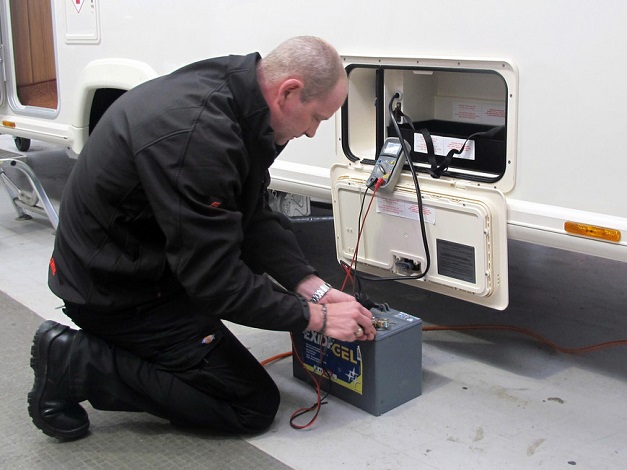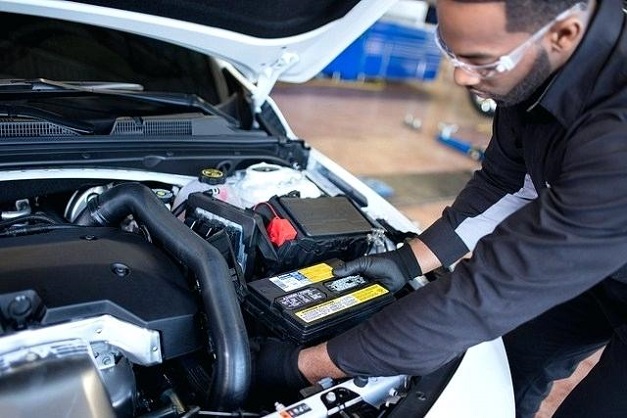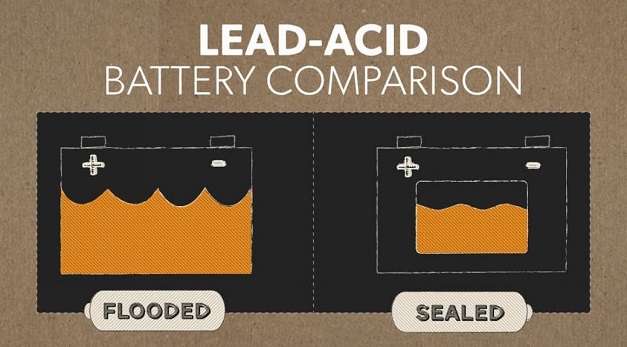Important Questions to Have the Answers to When Buying a Leisure Battery

What is a Leisure Battery
Leisure batteries offer a reliable power source for all of your 12V camping appliances and equipment. They’re designed to provide a steady level of power over extended time periods and are used for a 12V fridge, TV, lights, oven and other appliances. Basically, they allow you to transform your motorhome or caravan into a habitable and comfortable accommodation, where you can spend weeks on end. If you’re about to buy a brand new motorhome or caravan, keep in mind that it probably won’t come with a leisure battery. However, to ensure you have a great experience in your home away from home, do your research and buy a quality one before you take the first trip in your motorhome or caravan.
Is Leisure Battery Just Another Name for Car Battery?
Leisure batteries and car batteries are very different, and although you can use each one for the same purpose in dire situations, you should avoid using them interchangeably due to the fact that they produce energy in a much different way. A car battery is designed to provide a short burst of power to get the engine running, whereas a leisure automotive battery is designed to provide lower levels of power that are necessary to power appliances and equipment over a prolonged time period. That being said, car and leisure automotive batteries are very different in terms of construction. Car batteries feature different separators and thinner plates, meaning they aren’t meant to be used for longer periods of time with a low level of power. And although there are some batteries that can do both, namely AGM batteries, they aren’t typically utilised for both purposes.

What Size Leisure Battery Do I Need?
Most people have no idea when it comes to choosing the size of the leisure automotive battery they need to power all of their appliances safely and efficiently, and that’s understandable. There are a few variables that come into play – it basically all comes down to calculating the total wattage of all the appliances you need to be powered at the same time, then dividing that number by the voltage to get the amperage hours you’ll need from the battery.
However, keep in mind that the value you get may vary depending on factors such as temperatures, wiring efficiency, discharge rate and battery life. When calculating the ideal size of the leisure battery you need, always look to go slightly above the amperage hours you actually need, if your budget can afford it. This is because you may add another appliance or two in the foreseeable future, so you should think ahead. There are quite a few online calculators that can help you calculate the ideal size of leisure battery you need, so all you have to do is figure out the total wattage of the appliances you’ll power at the same time.
What Are the Different Types of Leisure Batteries?
The majority of leisure 12 volt batteries are lead-acid. Within the category of lead-acid, batteries are separated into a few different types, namely standard starter (also known as cranking) batteries, standard leisure (also known as deep-cycle or auxiliary) batteries, and traction and semi-traction (also known as deep cycle) batteries. However, lead-acid batteries aren’t ideal for most off-roading adventures, especially for driving in places where driving can be…turbulent, sort to say. With that said, there are two other popular types of deep-cycle leisure batteries – the briefly aforementioned AGM batteries and Gel batteries.
AGM (Absorbent Glass Mat) batteries are completely sealed, maintenance-free and non-spillable batteries that are very resistant to vibration, making them ideal for driving through rough terrain. They have an outstanding cycling performance, minimal acid and gassing leakage and as a result of all of this – a superior life performance. They feature negative and positive plates that are separated by an absorbent glass mat which absorbs and holds the acid and prevents it from moving around freely inside the battery. The plates are then tightly compressed into the cells and are held under pressure in the plastic housing. Due to the fact that they’re compressed, they feature lower internal resistance and a high pulse power output. The rigid housing of these batteries maintains the needed compression throughout the battery’s lifespan.

Gel batteries are also completely sealed, maintenance-free and non-spillable. They feature a “gelified” electrolyte, where fumed silica is mixed with sulfuric acid, resulting in an immobile, gel-like mass. This gel reduces the evaporation of the electrolyte, and it enhances the battery’s shock- and vibration-resistance properties. Although they’re chemically similar to conventional lead-acid batteries, they feature calcium and gas recombination. The gas recombination is what makes gel batteries maintenance-free. This design also makes them extremely deep-discharge resilient, and it allows them to deliver over three times the cycle life of an AGM battery in the right application.



